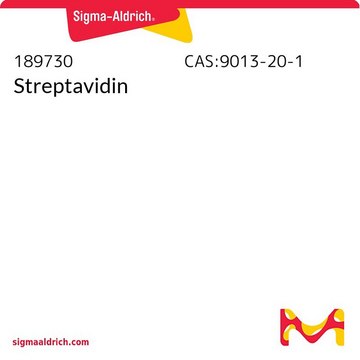QBD10773
dPEG®24-biotin acid
>95% (HPLC)
Synonyme(s) :
Biotin-PEG-acid, Biotin-PEG24-COOH, PEG1000 biotin acid, PEG24-biotin acid
About This Item
Produits recommandés
Pureté
>95% (HPLC)
Forme
solid or viscous liquid
Capacité de réaction
reaction type: Biotinylations
reaction type: Pegylations
Architecture des polymères
shape: linear
functionality: monofunctional
Conditions d'expédition
ambient
Température de stockage
−20°C
Caractéristiques et avantages
Automate your Biotin tagging with Synple Automated Synthesis Platform (SYNPLE-SC002)
Informations légales
Code de la classe de stockage
11 - Combustible Solids
Classe de danger pour l'eau (WGK)
WGK 3
Point d'éclair (°F)
Not applicable
Point d'éclair (°C)
Not applicable
Faites votre choix parmi les versions les plus récentes :
Certificats d'analyse (COA)
Désolés, nous n'avons pas de COA pour ce produit disponible en ligne pour le moment.
Si vous avez besoin d'assistance, veuillez contacter Service Clients
Déjà en possession de ce produit ?
Retrouvez la documentation relative aux produits que vous avez récemment achetés dans la Bibliothèque de documents.
Notre équipe de scientifiques dispose d'une expérience dans tous les secteurs de la recherche, notamment en sciences de la vie, science des matériaux, synthèse chimique, chromatographie, analyse et dans de nombreux autres domaines..
Contacter notre Service technique

![O-[2-(Biotinyl-amino)ethyl]-O′-(2-carboxyethyl)polyethylene glycol Mp 3,000](/deepweb/assets/sigmaaldrich/product/structures/285/242/a1e6e88b-5b7d-43b5-9bb0-18dcbfdccf43/640/a1e6e88b-5b7d-43b5-9bb0-18dcbfdccf43.png)






